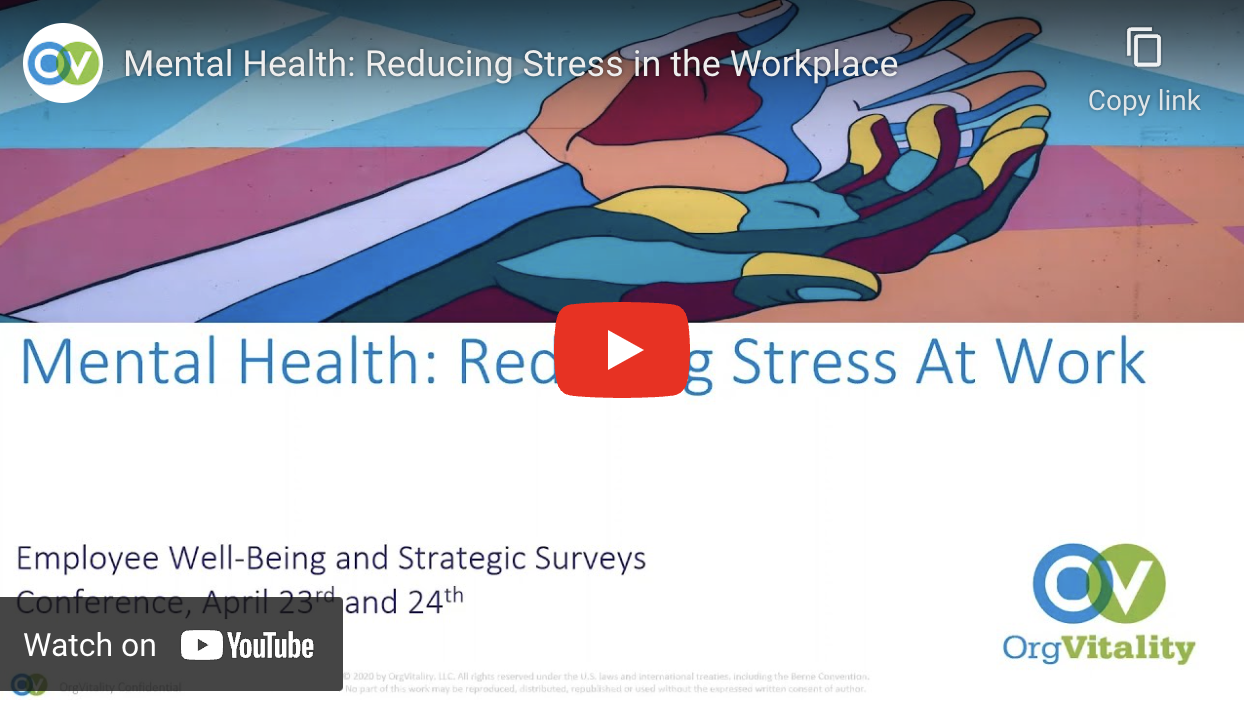

Workplace stress is a significant contributor to long-term mental health deterioration, affecting millions worldwide. The pressures and demands of the modern workplace can lead to chronic stress, impacting not only individual well-being but also organizational productivity. This article explores the intricate link between workplace stress and its role in long-term mental health issues, providing actionable strategies for managing stress and maintaining a healthy work-life balance. We’ll delve into the root causes of workplace stress, examine the potential consequences for long-term mental health, and offer practical steps for mitigation. This guide will also cover several stress management techniques and resources, equipping you to navigate workplace stress effectively and proactively protect your mental well-being.
Understanding Workplace Stress
Defining Workplace Stress
Workplace stress encompasses a broad range of negative feelings and reactions stemming from work-related pressures. These pressures can stem from various sources, including demanding workloads, challenging interpersonal relationships, and unclear expectations. Prolonged exposure to stressful work environments can lead to physiological and psychological symptoms, affecting both employees’ mental and physical well-being. A supportive work environment is crucial for mitigating the negative effects of workplace stress. The World Health Organization (WHO) recognizes stress as a significant public health concern. Work-related stress is a major factor that contributes to absenteeism, presenteeism, and burnout. Stress can also contribute to feelings of hopelessness and depression.
Recognizing the Symptoms
Identifying Indicators
Recognizing the early signs of workplace stress is critical for effective intervention and management. Symptoms can manifest both physically and emotionally. Common physical symptoms include headaches, muscle tension, digestive problems, and sleep disturbances. Emotional symptoms may include anxiety, irritability, feelings of overwhelm, decreased motivation, and difficulty concentrating. One critical element in recognizing these symptoms is self-awareness. Paying close attention to your body and emotional responses is essential to identifying potential issues.
The Impact on Long-Term Mental Health
Potential Consequences
The cumulative effects of workplace stress can significantly impact long-term mental health. Chronic stress has been linked to a heightened risk of developing anxiety disorders, depression, and other mental health conditions. Moreover, it can exacerbate pre-existing conditions, leading to a decline in overall well-being. This can impact not only an individual but also the productivity and overall climate within the company. Studies have shown a correlation between workplace stress and decreased job satisfaction, which can translate into decreased performance and increased turnover.
Managing Workplace Stress
Strategies for Coping
Numerous strategies can effectively mitigate workplace stress and support positive mental well-being. These strategies should be proactive in nature. Establishing clear boundaries between work and personal life is paramount. Prioritizing adequate rest and relaxation techniques are essential, enabling the body to recover from daily stresses. Healthy lifestyle choices, such as regular exercise and a balanced diet, contribute significantly to stress resilience. Seeking support from colleagues, mentors, or mental health professionals can provide invaluable guidance and support during challenging times. Active communication with supervisors about workload and expectations is also essential. Creating a positive work environment and promoting open communication helps to foster a supportive workplace culture. Implementing stress-reducing activities, such as mindfulness or yoga, can be helpful.
Related Post : Understanding the Silent Triggers Behind Daily Anxiety Struggles
Fostering a Supportive Workplace
Creating a Healthy Work Environment
Organizations play a critical role in mitigating workplace stress. Creating a supportive and healthy work environment is essential. This includes providing opportunities for employee growth and development. Organizations should foster a culture of open communication, where employees feel comfortable sharing their concerns and needs. Implementing stress management programs and offering access to mental health resources can significantly improve employee well-being. Regular feedback sessions and opportunities for professional development can boost morale and reduce stress.
In conclusion, workplace stress significantly impacts long-term mental well-being. Understanding the causes, recognizing the symptoms, and implementing effective stress management strategies are crucial for mitigating these negative effects. By fostering a supportive work environment, prioritizing employee well-being, and promoting healthy coping mechanisms, organizations can significantly reduce the risk of long-term mental health deterioration and create a more productive and fulfilling work experience for their employees. Consider seeking professional help if workplace stress becomes overwhelming. This comprehensive guide provides a strong foundation for navigating and overcoming workplace stress, empowering you to protect your mental health and achieve a more positive work-life balance.